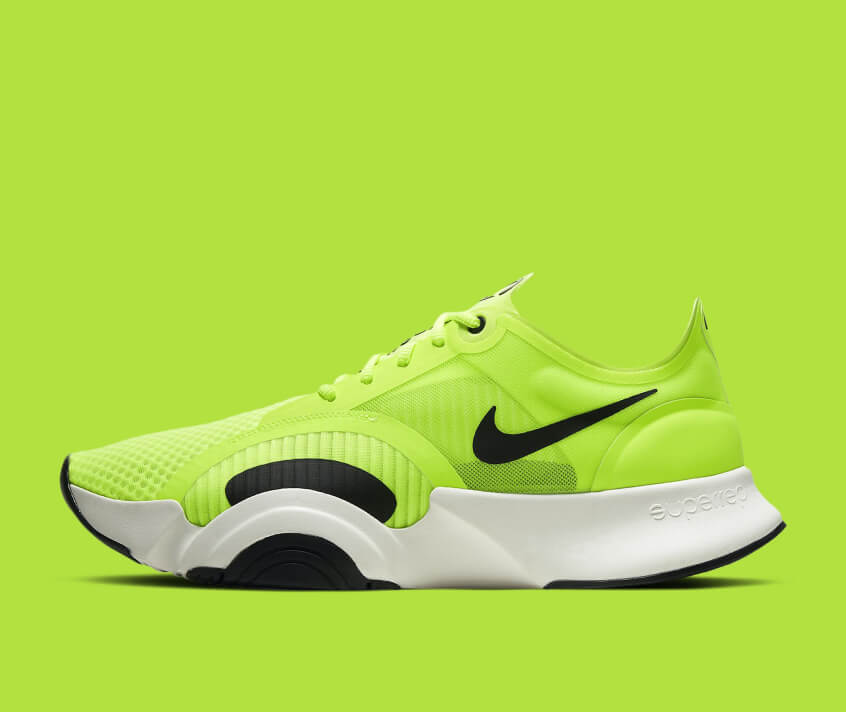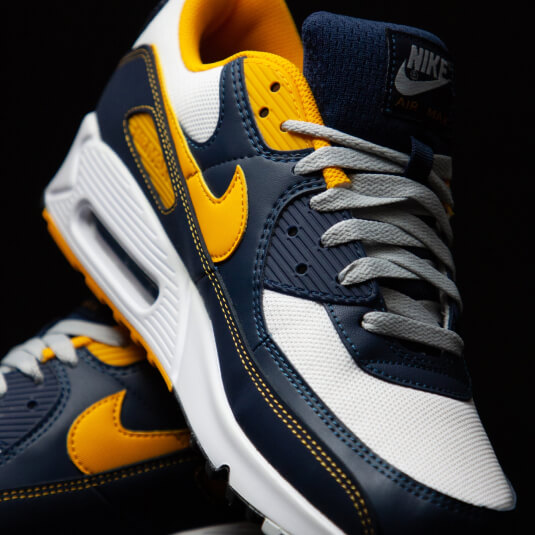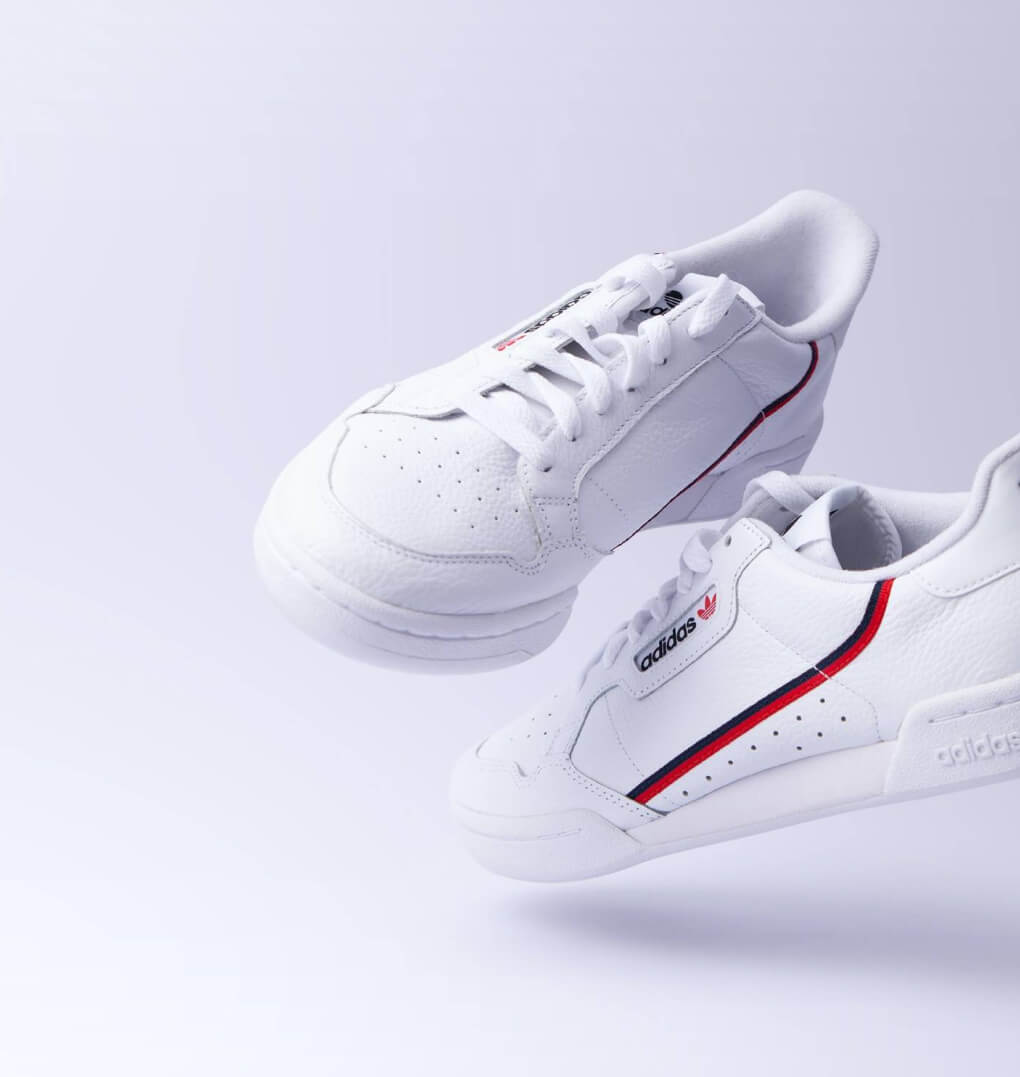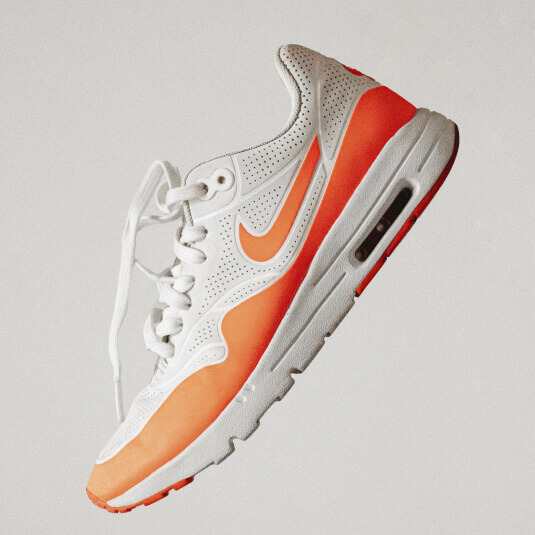Subtotal:
$198.00

Running Shoes For Men
Buy good shoes and a good mattress, because when you're not in one you're in the other. With four pairs of shoes, I can travel the world.
- Colour Shown: Red, White, Black
- Style: SM3018-100



















